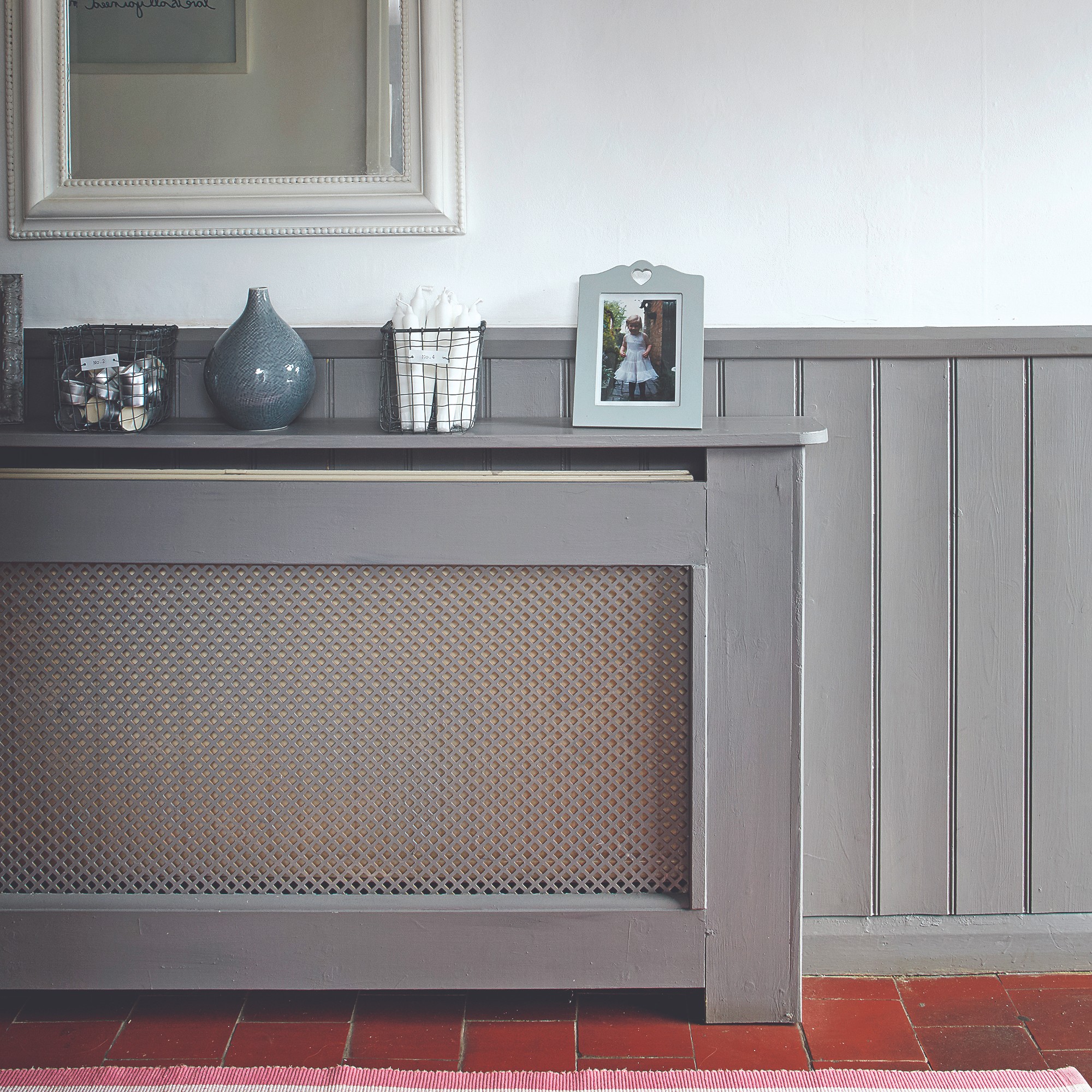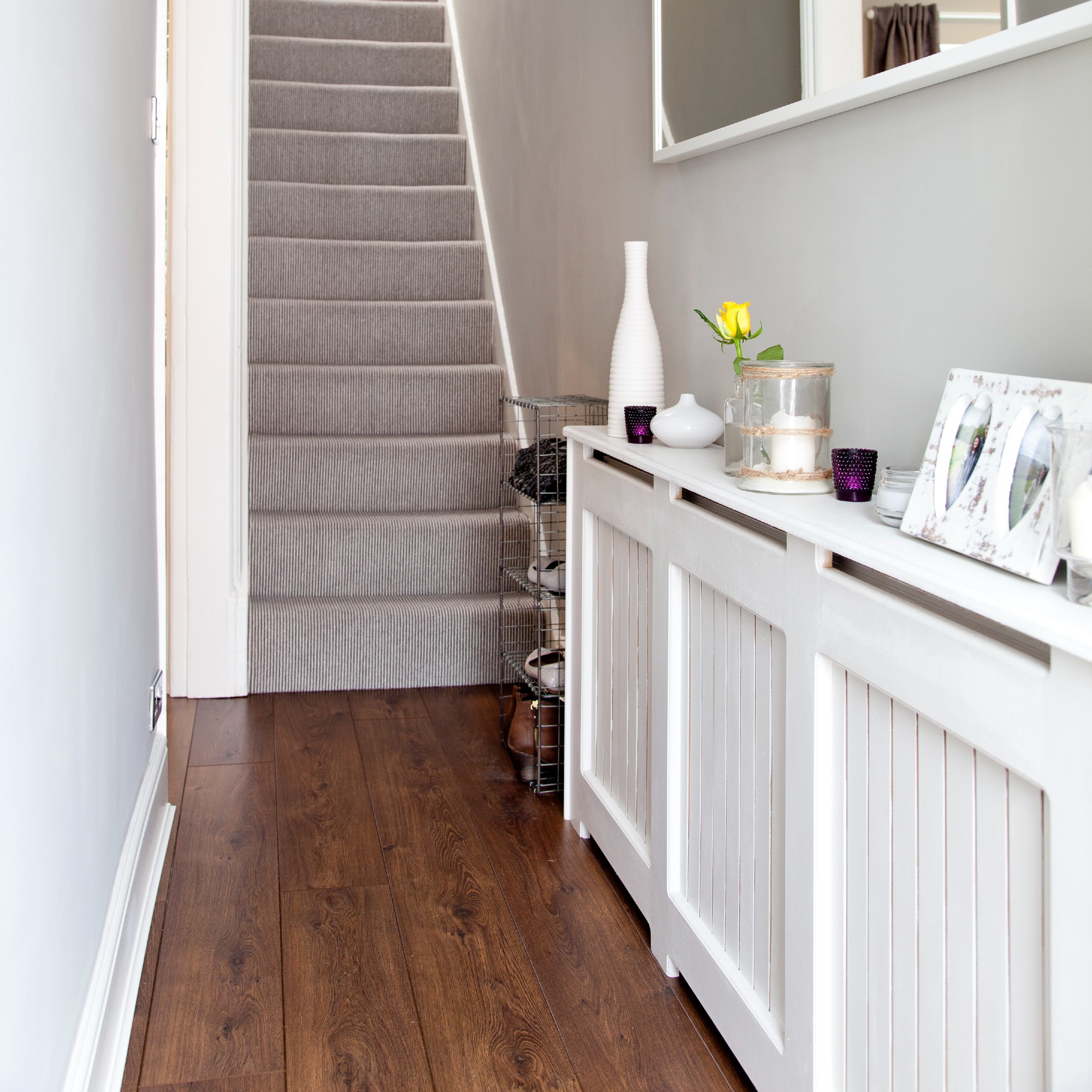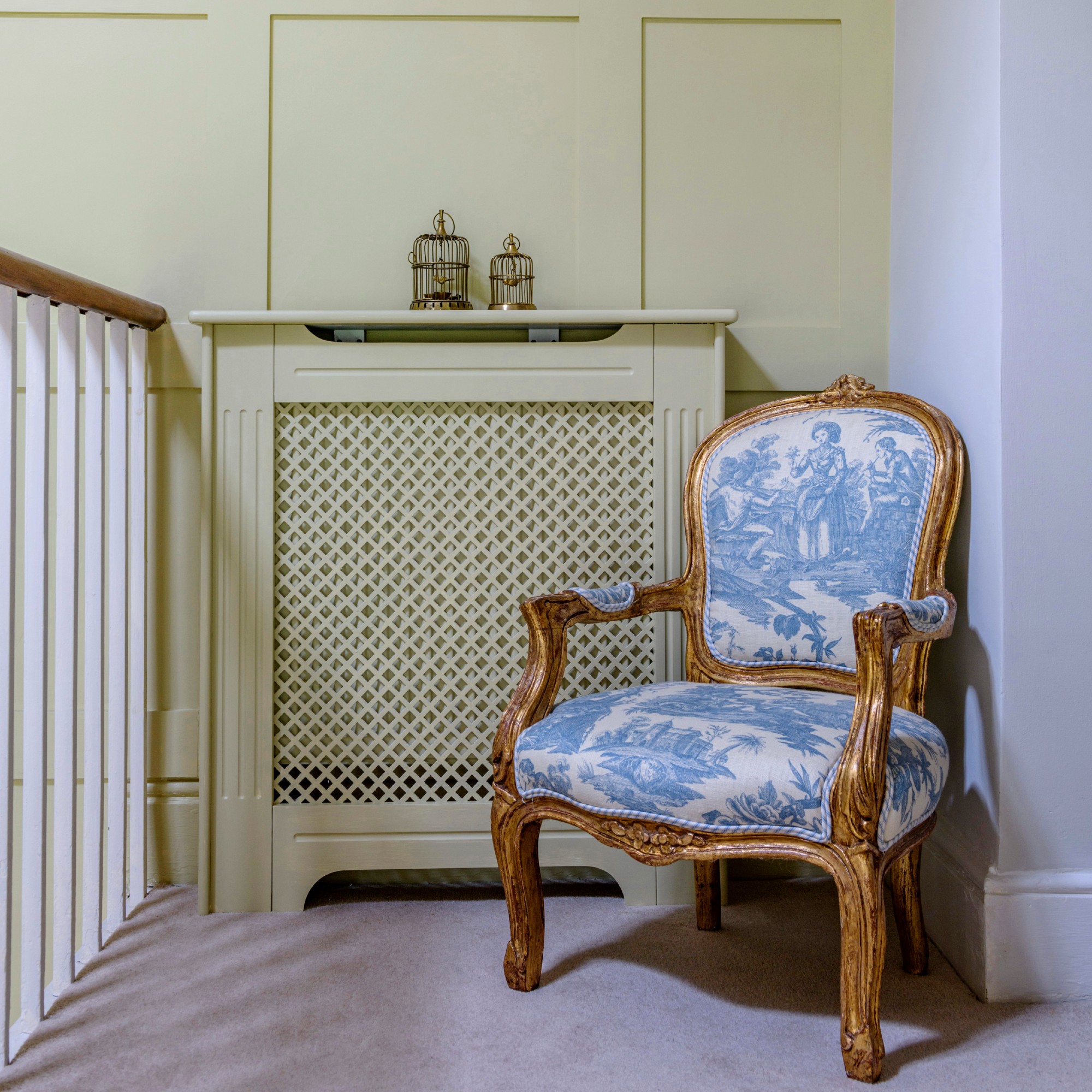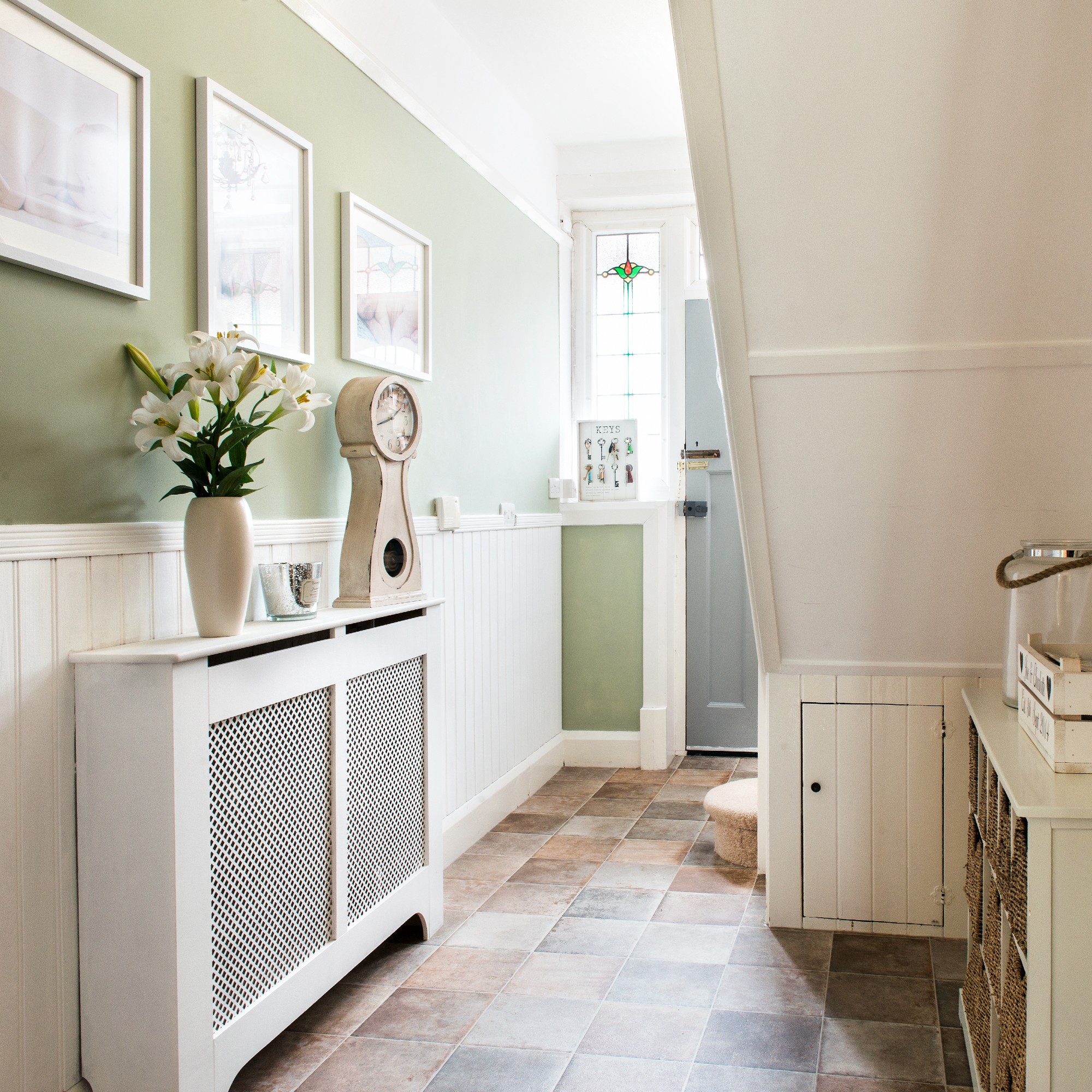
If you are the proud owner of an ugly radiator, you will almost certainly know the benefits of a radiator cover to hide the eyesore. But as we find ourselves amid a cost of living crisis with the energy price cap going up again this month it is important to consider do radiator covers block heat and waste energy before investing in one.
Radiator cover ideas stem from the fact that radiators are not particularly aesthetically pleasing. So covering the appliance with a specially designed piece of furniture that also doubles as a shelf is pretty ingenious, not to mention budget-friendly.
But not if it's preventing the heat from warming up our homes properly. So we asked the heating experts to reveal what impact the best radiator covers can have on your energy bill.

Do radiator covers block heat?
As the January energy price cap took effect, energy prices are set to rise. So we can’t tolerate anything wasting precious heat, even if it is pleasing to the eye.
But luckily for you and your home aesthetic, experts agree that radiator covers don’t block much heat, as long as your radiator cover adheres to a few rules.
‘Radiator covers do not block too much heat as long as they have sufficient gaps for it to escape,’ says Rhiannon Moore at Toolstation.
But Nancy Emery, heating expert at Drench, acknowledges that ‘putting a solid object around your heat source will affect the heat output as it acts as a barrier’. But as long as the cover has sufficient gaps, the heat blockage should be minimal.

Installing a fairly inexpensive radiator reflector can also help with heat properly circulating around the room.
‘To help increase the heat output of a radiator, foil insulation can be installed behind your radiator at a relatively low cost,’ Rhiannon suggests. ‘Well-fitted radiator reflector foil could help to reduce the amount of energy needed to heat your home and could also help to keep the room warmer for longer once the heating is switched off.’

What radiator covers do experts recommend?
‘As a general rule of thumb, it's best to have at least a third of the radiator cover as open holes to allow enough heat to escape,’ Rhiannon says.
Another thing to consider is giving your radiator - and therefore the heat - enough space.
‘It’s a good idea to have enough space between your radiator and your cover so the heat can be distributed more evenly. The gap between the radiator and the cover should be at least 5 centimetres in width, 3 centimetres in height and 3 centimetres in depth to ensure it won’t affect the BTU (British thermal unit) output,’ Nancy recommends.
FAQ
How much do radiator covers reduce efficiency?
Radiator covers block heat only slightly, especially if they have sufficient gaps for the heat to escape through. But how much heat they block also depends on their material.
‘Wooden radiator covers, which are the most common, are the least energy efficient with a study by Liverpool John Moores University revealing that they can reduce heat output by up to 40%,’ Rhiannon reveals.

But we say don’t get rid of your radiator cover just yet.







